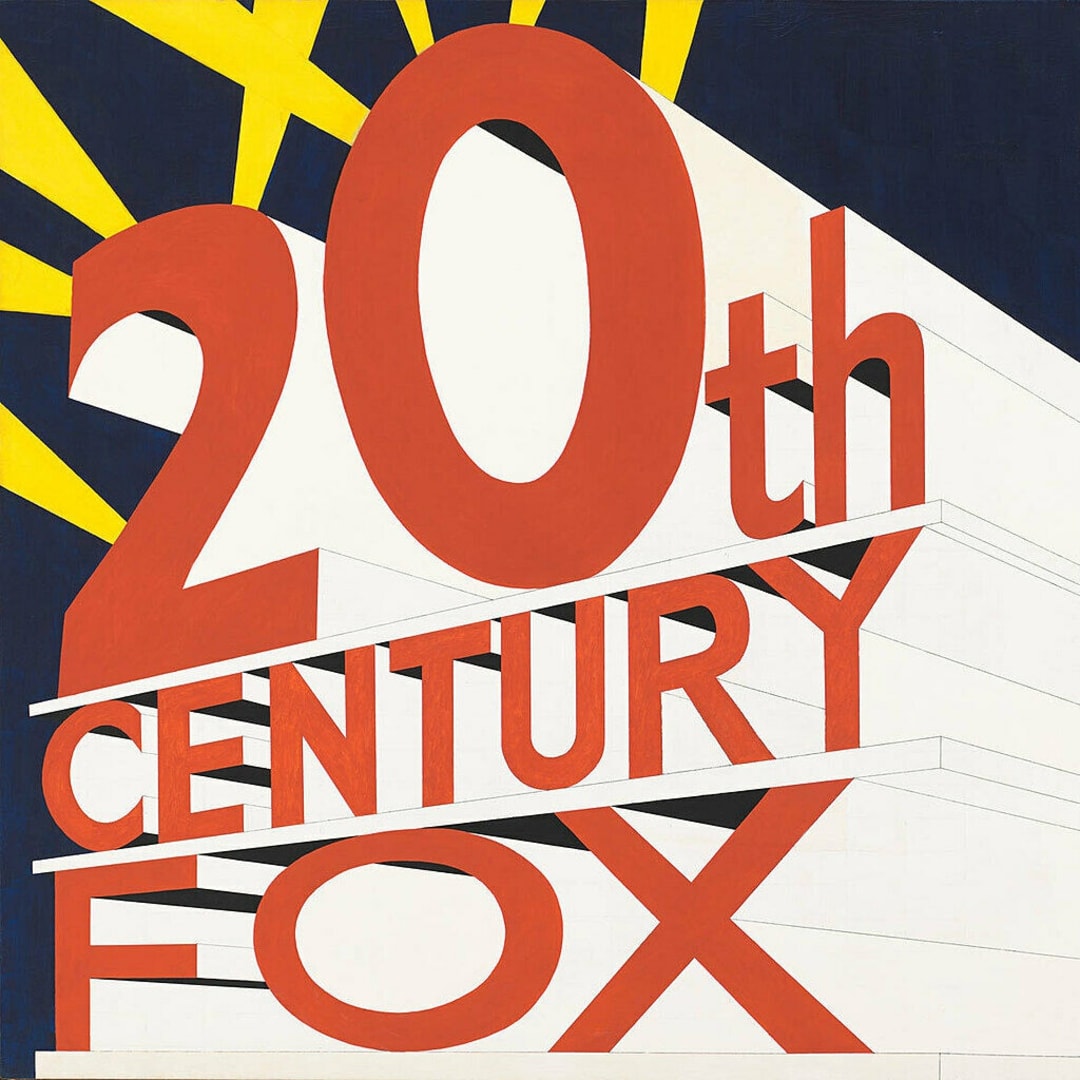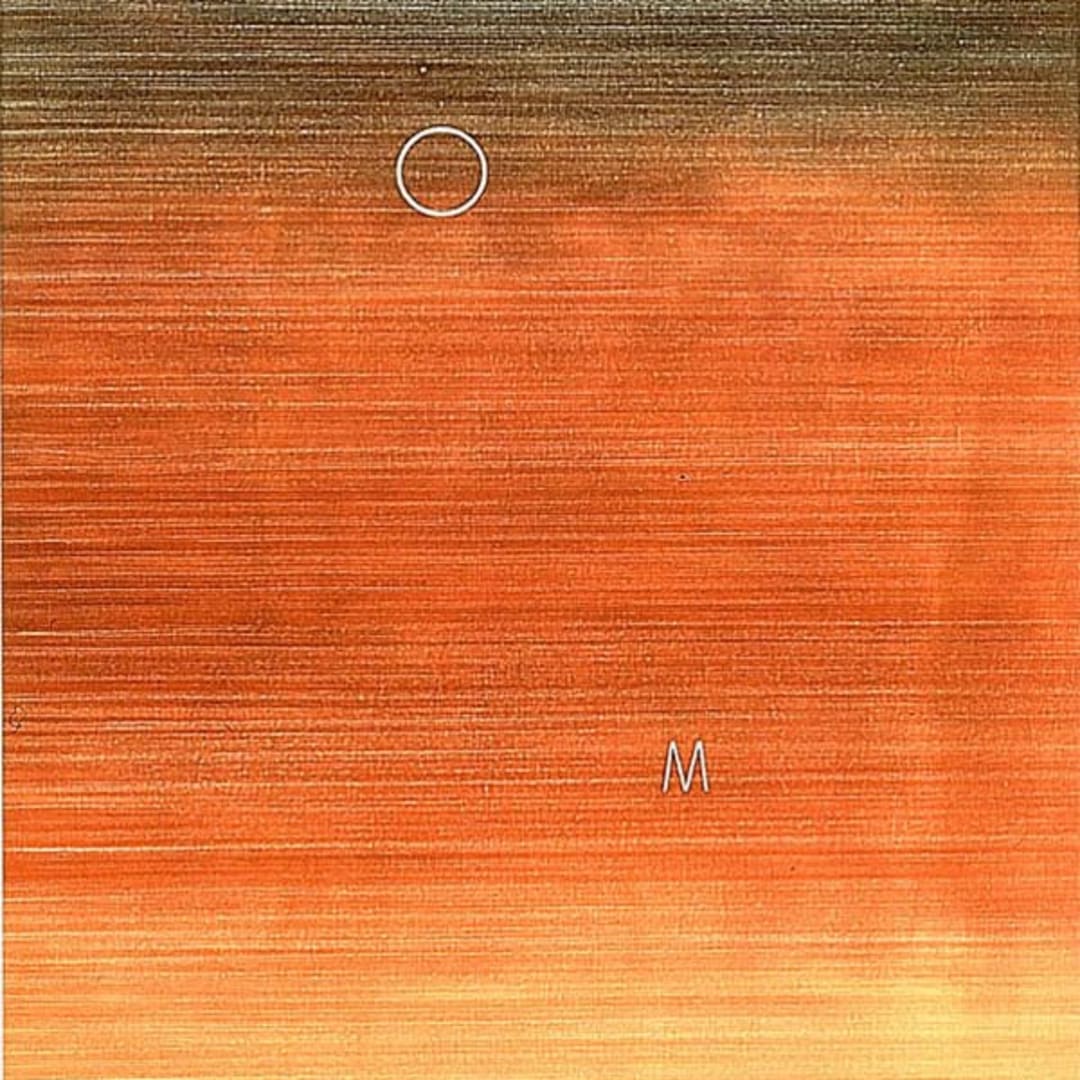When most of us think of American Pop Art, we conjure images of the likes of Warhol, Lichtenstein, Haring and the New York Pop Art scene; yet a number of west coast artists are equally responsible for the establishment of the movement in America, perhaps none more so than Ed Ruscha. As sure as the Big Apple draws artists with its larger-than-life allure, L.A.’s Tinsel town provides ample counterbalance with its abundance of celluloid heroes and assorted artists who call Southern California home.
Whereas New York artists feed off the energy of running background themes – Broadway, Madison Avenue, Wall Street and the like − Los Angeles offers Hollywood, Wilshire Boulevard and the Sunset Strip. Another pertinent west coast theme is that of the “explorer’s spirit.” Perhaps this theme best suites Pop Artist Ed Ruscha, who was born in Omaha, NE and raised in Oklahoma City before heading to Los Angeles to attend art school, and never turning back. Like all transplants, Ruscha sees the bright city lights from an outsider’s perspective and is able to compellingly capture all that is grand, juxtaposed with all that is ordinary, or less.
Like all great Pop Artists, Ruscha is drawn to the irony of a culture that idolizes unnatural manifestations − such as commercialism and the Hollywood sign propped up in the Santa Monica Mountains. Ed Ruscha enjoys the ability to present the majesty of the front of the legendary sign while simultaneously taking the enamored viewer behind it, to see the emptiness underneath the sticks that hold it in place.
The blending of themes serves to best describe the works of Ed Ruscha. Beat poet combined with fine artist is one that’s regularly attributed. Marrying rhythmic words and letters with contrasting backdrops that range from monochromatic abstractions to mountain peaks, Ed Ruscha’s works ask the viewer to use both sides of the brain at once. Consuming Ruscha’s paintings and photos can require us to make sense of the context, or lack of context, belonging to a word or phrase presented, making us struggle to realize whether the artist’s intention is to be extraordinary or trite.
Word manipulation can mean many different things when referring to Ruscha’s works. The artist derives creates meaning in the movement of the words across a canvas or other media. Letter sizing, spacing and fonts all have profound effects, as does the coloring, texture and materials used to create the artist’s word imagery.
Ed Ruscha’s own description is that the words are characters that appear on stage and the backdrop images and designs create the stage they stand upon. Ruscha’s letters appear on “stage” with incredible potential for how they enter the scene, engage in formation and even their absence all serve to manipulate the work and viewer alike.
Like Andy Warhol, Ed Ruscha’s Pop Art masterpieces included photography and film in addition to his paintings and print works. For much of Ruscha’s career in the 60s and 70s, the artist was as well known for his themed photographic art books as he was for his paintings and prints. Twentysix Gasoline Stations helped to place Ed Ruscha as a Pop Icon force when it was published in 1962; the same year that the artist’s paintings were included alongside those of Warhol, Lichtenstein, Down, Hefferton, Goode, Dine and Theibaud in Pasadena Art Museum’s “New Painting of Common Objects,” a show thought to help launch the Pop Art movement.
Ed Ruscha’s photo publications – with names like Every Building on the Sunset Strip and Thirtyfour Parking Lots – are testament to the unique pioneering nature of creator. Ruscha’s paintings made known objects, like words and letters, appear abstract because of their juxtapositions to other objects and removed context. Alternately, the artist’s photographic collections took ordinary objects and infused them with new meaning by way of adding context.
If you are a collector seeking the works of Ed Ruscha, please feel free to contact us, as we’re here to help. Of course, if you’re in South Florida, please stop in to our Boca Raton Contemporary Art Gallery and say hello.





